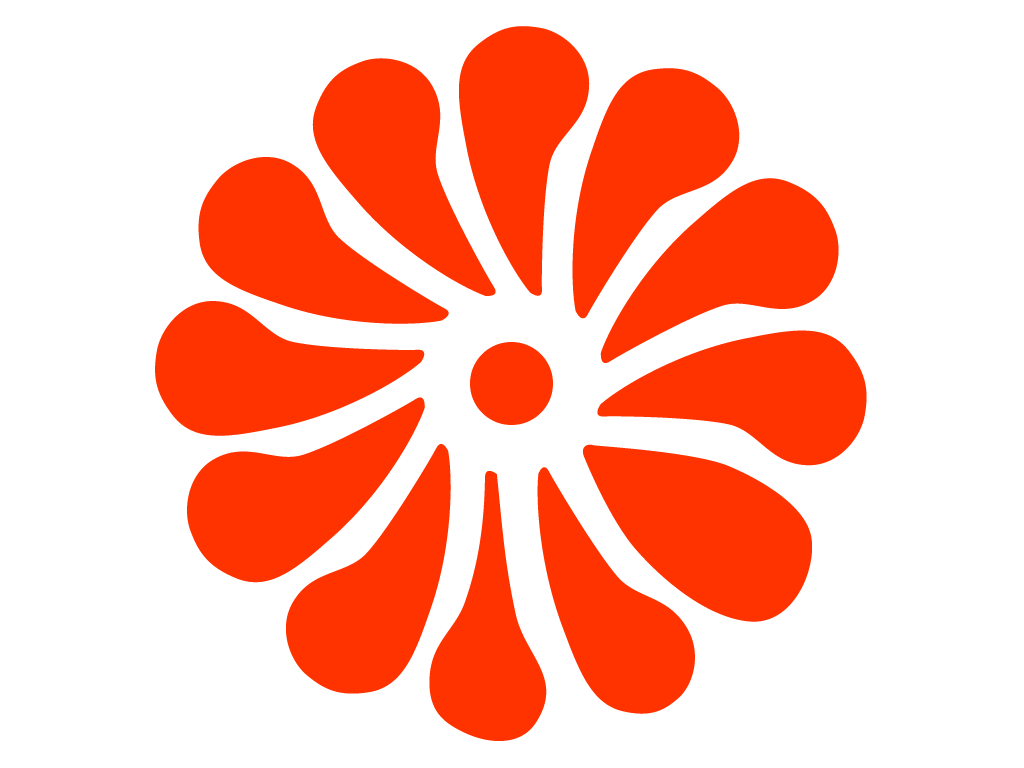Lysimachia clethroides: The Graceful Gooseneck
Lysimachia clethroides, commonly known as Gooseneck Loosestrife or Gooseneck, is a charming herbaceous perennial that adds elegance to gardens and landscapes. This plant, which was initially classified under the Primulaceae family but later transferred to the Myrsinaceae family, has since been merged back into Primulaceae. Native to China and Japan, Lysimachia clethroides features distinctive curved racemes of star-shaped white flowers, resembling the graceful curve of a gooseneck.
Appearance and Growth
Growing between 1 to 3 feet or 30 to 90 centimeters in height, Lysimachia clethroides forms an upright clump of lush green foliage. The plant’s simple leaves are arranged along the stems, providing a backdrop for the captivating flowers. While the foliage remains green during the growing season, Lysimachia clethroides exhibits deciduous characteristics, undergoing a stunning transformation of leaf color in the autumn months.
Lysimachia clethroides blooms from July to September, enchanting gardeners with its showy white flowers. These flowers are borne on curved terminal racemes, adding an interesting visual element to the plant. To encourage optimal growth and abundant flowering, it is advisable to cultivate Lysimachia clethroides in rich, moist, and well-drained soil. While it thrives in full sun or partial shade, it is important to ensure that the soil does not dry out completely, as consistent moisture is beneficial for its health and vigor.
Support and Propagation
As Lysimachia clethroides can reach considerable heights, it may require some support to prevent flopping or bending of the stems. Providing stakes or other suitable structures can help maintain the plant’s upright growth habit and showcase its gooseneck-like flowers to their full potential.
This plant can be propagated through several methods. Seeds can be collected and sown, either in spring or autumn, to produce new plants. Another option is dividing mature clumps in the same seasons, providing an opportunity to expand your Lysimachia clethroides collection or share it with other gardening enthusiasts.
Care and Potential Challenges for Lysimachia clethroides:
While Lysimachia clethroides is generally a low-maintenance plant, there are a few potential challenges to be aware of. Rust and leaf spot diseases may occasionally affect the foliage, requiring prompt treatment or removal of affected leaves. Additionally, slugs and snails may be attracted to the tender foliage, so implementing protective measures, such as organic slug repellents or physical barriers, can help keep these pests at bay.
Culinary and Medicinal Uses
In China, Lysimachia clethroides has culinary and medicinal applications. The leaves of this plant are utilized as leafy vegetables or added to salads, providing a unique flavor and texture to culinary creations. Furthermore, in traditional medicine, Lysimachia clethroides is used to treat ailments such as diarrhea, sore throat, and edema, showcasing its historical significance in herbal remedies.
Lysimachia clethroides, with its gooseneck-like flowers and vibrant foliage, is a captivating addition to any garden or landscape. Its graceful presence, adaptability to various growing conditions, and cultural uses make it a versatile and valuable plant. By providing the right growing conditions and monitoring for potential challenges, you can enjoy the beauty and benefits of Lysimachia clethroides in your outdoor space. Embrace this elegant herbaceous perennial


Also read about Lysimachia punctata.




